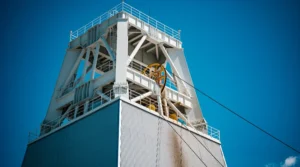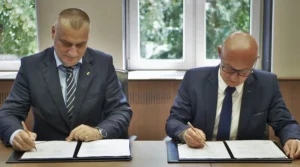What goes on in Poland on the 24th of August.
At the beginning of 2019, Lithuanians will choose the contractor for the gas pipeline with Poland
The contractor of the Lithuanian section of the Poland-Lithuania gas pipeline will be selected at the beginning of 2019 – convinces the Lithuanian operator of the Amber Grid gas transmission system. On Wednesday, the deadline for accepting offers has passed. It is not known how many candidates there were.
In accordance with the assumptions of Amber Grid, the construction of the Lithuanian section of the project is to start in the second quarter of 2019 after the end of the tender procedure.
At the beginning of June, Amber Grid announced a tender for the construction of the Lithuanian section of GIPL, and for the purchase of pipes in July. At the end of May Gaz-System and Amber Grid signed the so-called connection agreement, which is the actual joint commitment of the parties to build this connection. Previously, the parties agreed on the cross-border allocation of the costs of the Poland-Lithuania gas pipeline.
According to the announcement of the minister of energy – Krzysztof Tchórzewski – the construction of the Poland-Lithuania gas pipeline is to start in 2019. The total length is to be approximately 515 km – about 338 km on the Polish side , about 177 km on the Lithuanian side. The estimated cost of the project is 558 million euros.
Tauron: Climate policy can be very expensive
In the second half of 2018, the prices of CO2 emission allowances may be twice as high as those in the first half of the year – said Marek Wadowski, vice-president of Tauron during a press conference.
He pointed out that the rising prices of allowances may have a negative impact on the company’s results. – A lot will depend on how we shape our policy of securing ourselves in the event of rising prices of allowances. We have an active policy in this area, but if prices are kept at such a high level for a long time, it is obvious that it will not be possible to secure forever. In the second half of 2018, they can be twice as high as in the first half. This is the effect of the market, climate policy, IAS. It will have impact on energy groups – he said.








